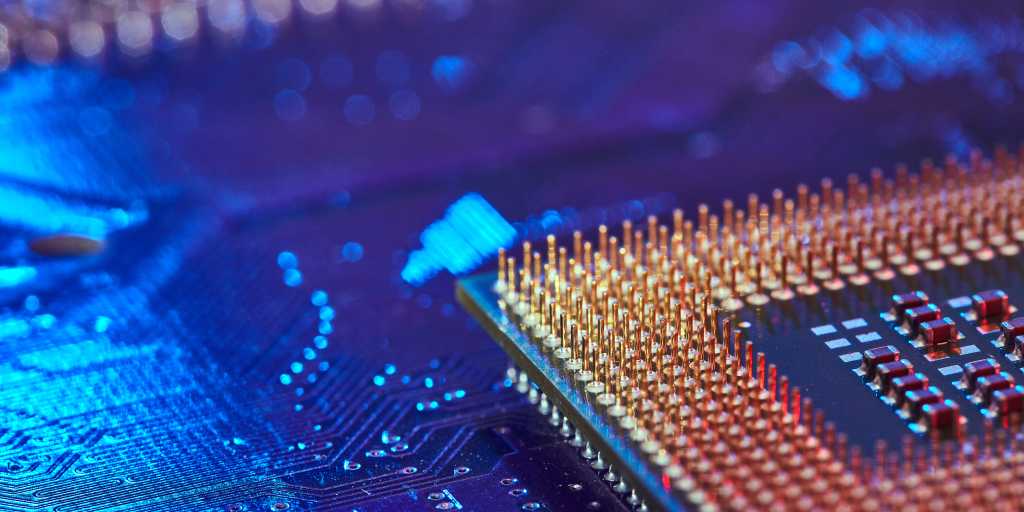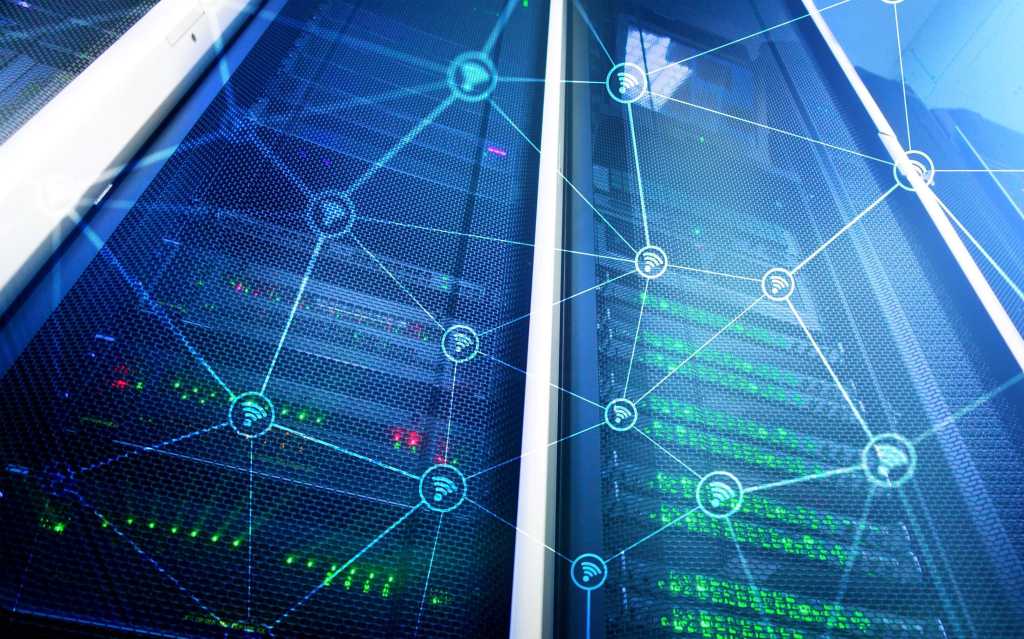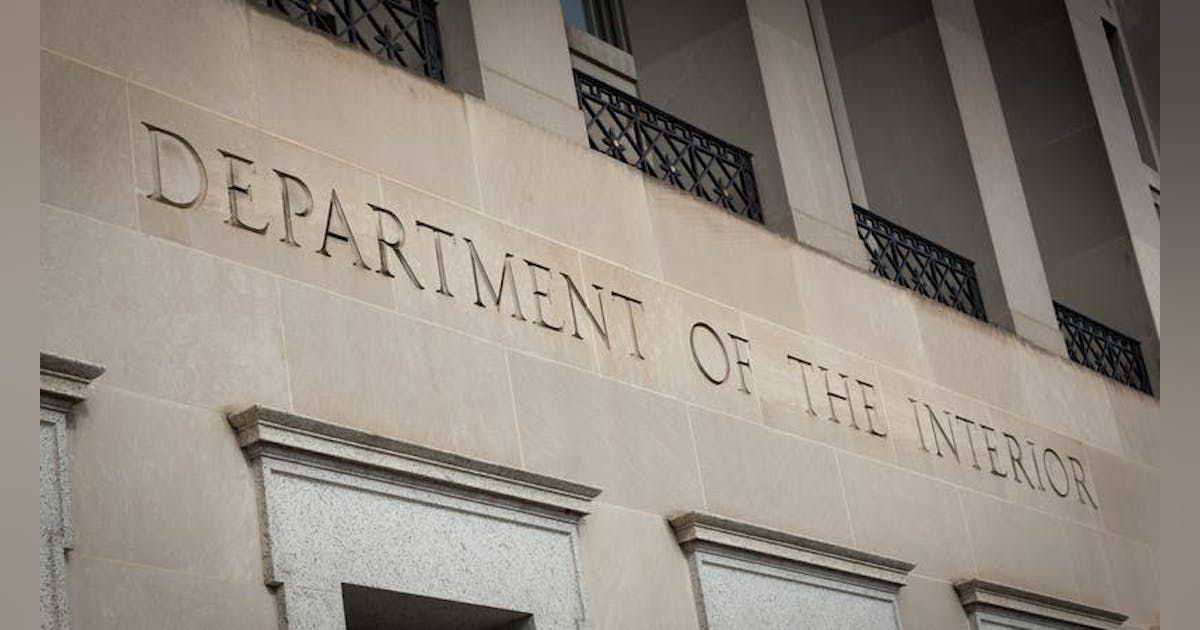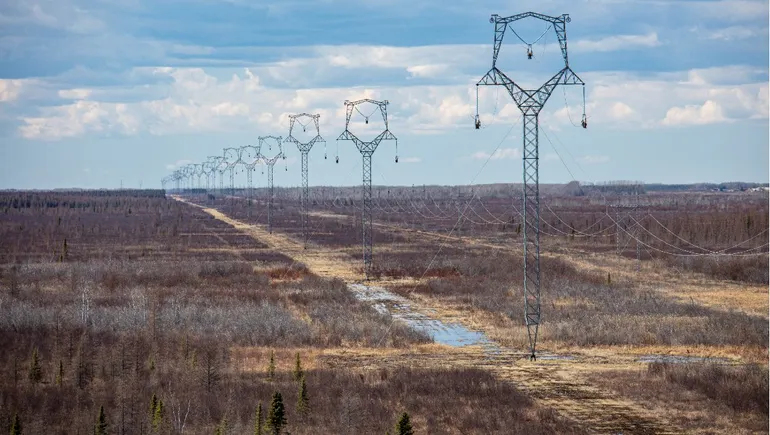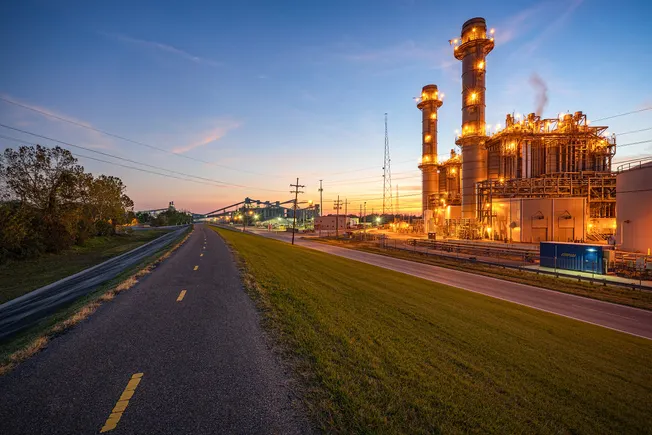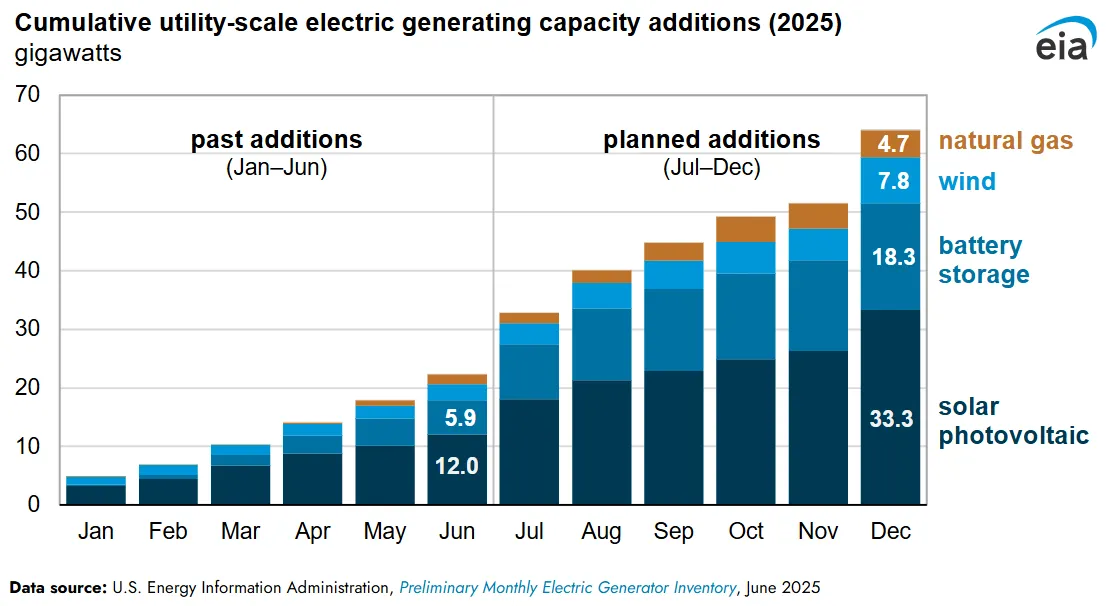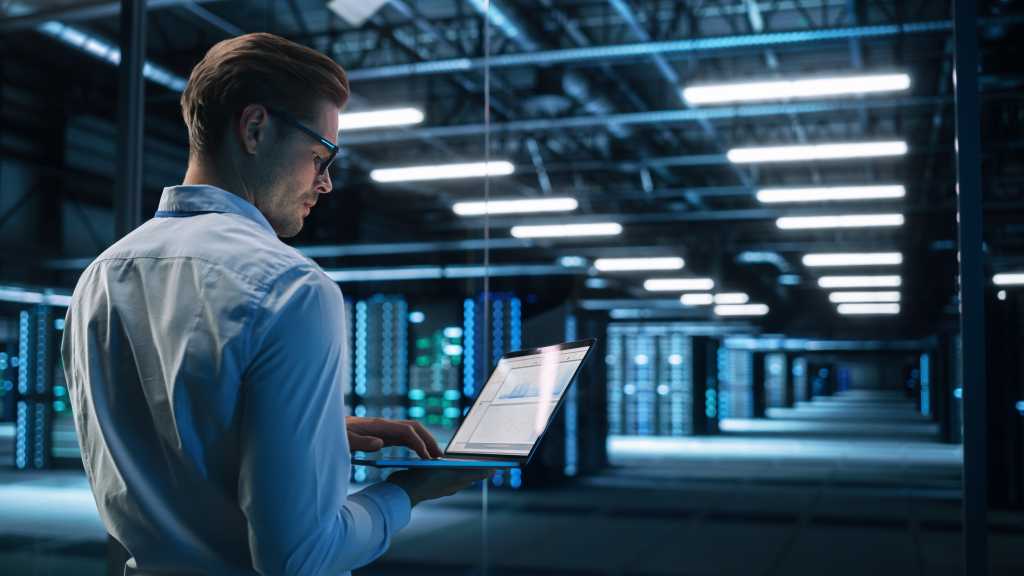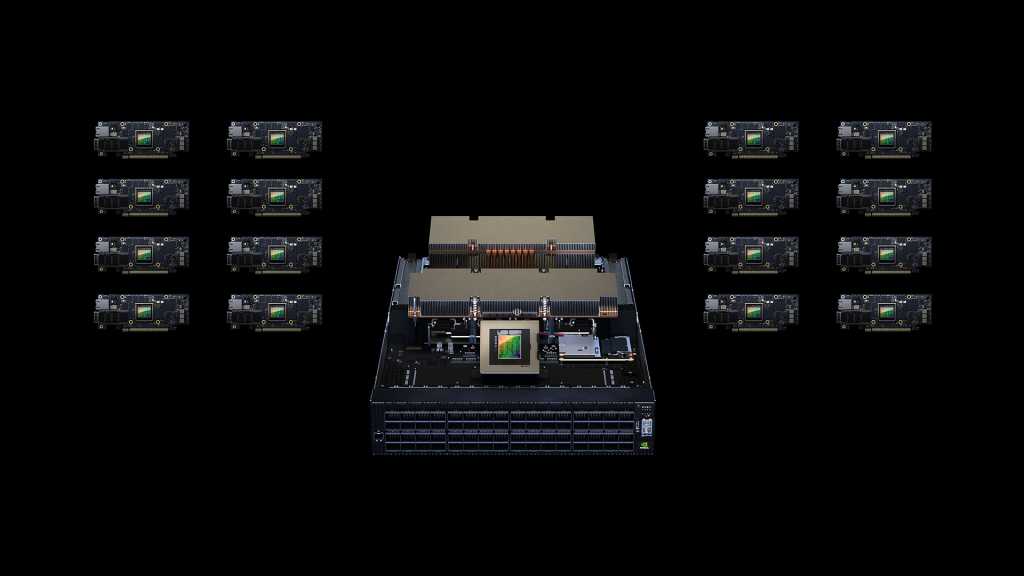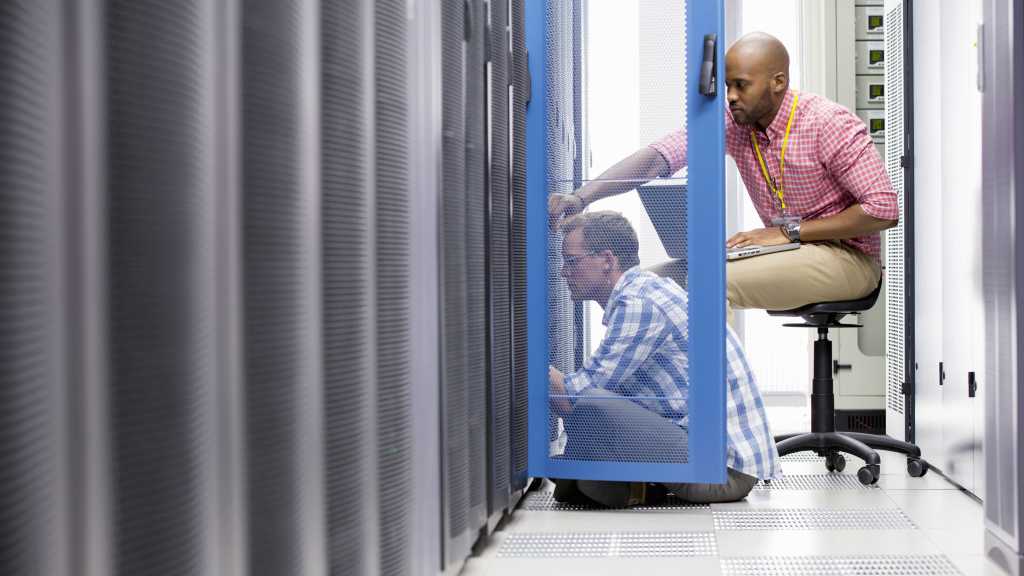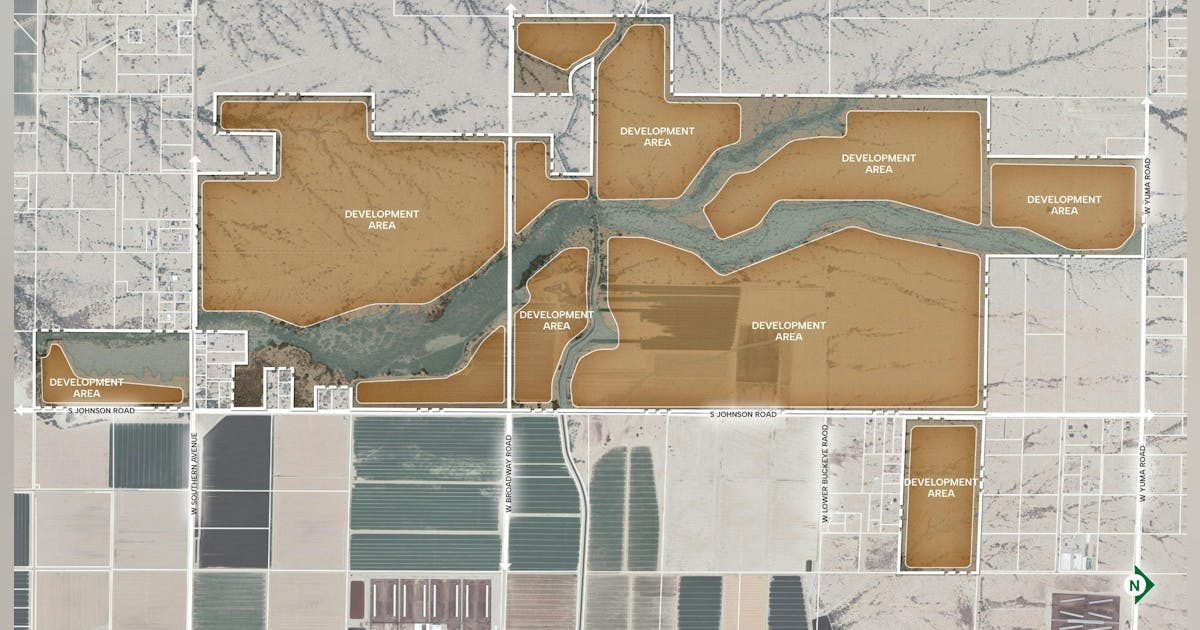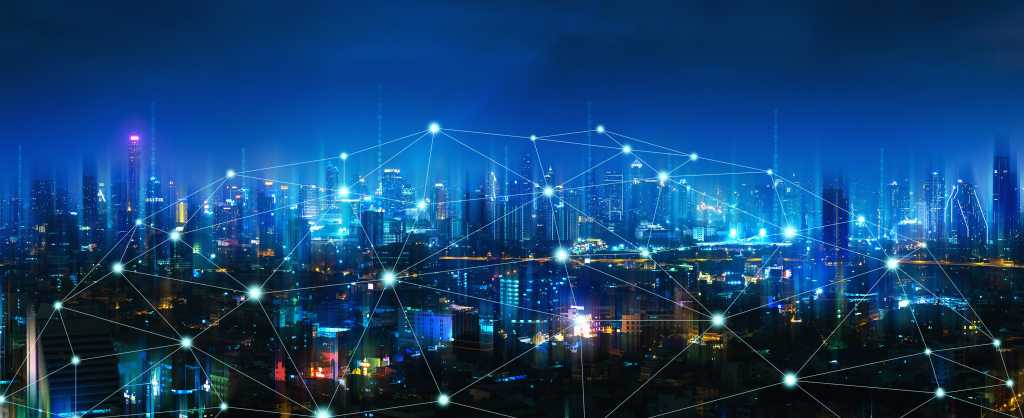
CCIE Wireless
The CCIE Wireless certification validates networking professionals’ ability to “maximize the potential of any enterprise wireless solution from designing and deploying to operating and optimizing,” Cisco says.
“Our Cisco CCIE Wireless certification also reflects the growth and evolution of wireless technologies. It includes Cisco’s cloud-based network management solution, Meraki, and platform-agnostic technologies such as Wi-Fi 6 and Wi-Fi 7,” Richter said in his blog.
While there are no formal prerequisites for this certification, candidates are recommended to have five to seven years of experience with designing, deploying, operating, and optimizing enterprise wireless technologies before taking the exam. Candidates must pass the core exam as well as a hands-on lab exam.
With the two wireless-specific certifications, the CCNP Enterprise core exam will no longer cover wireless concepts, and professionals will not need to validate their skills in wireless technologies to acquire the CCNP Enterprise certification. Cisco notes the wireless and enterprise certifications are complementary, and professional can choose to validate their skills with both.
The first test date for the CCNP Wireless and CCIE Wireless certifications is scheduled for March 19, 2026. Cisco offers exam preparation materials via its learning network.

